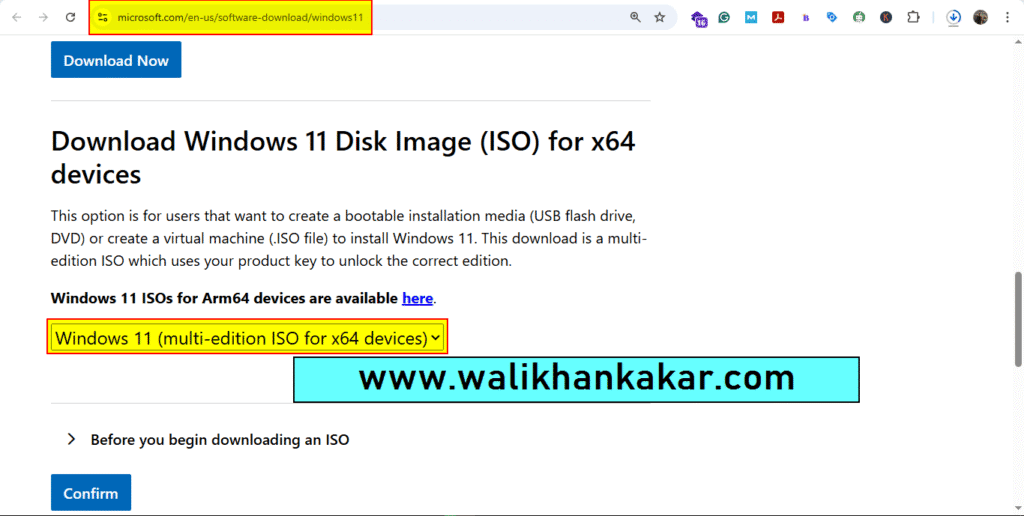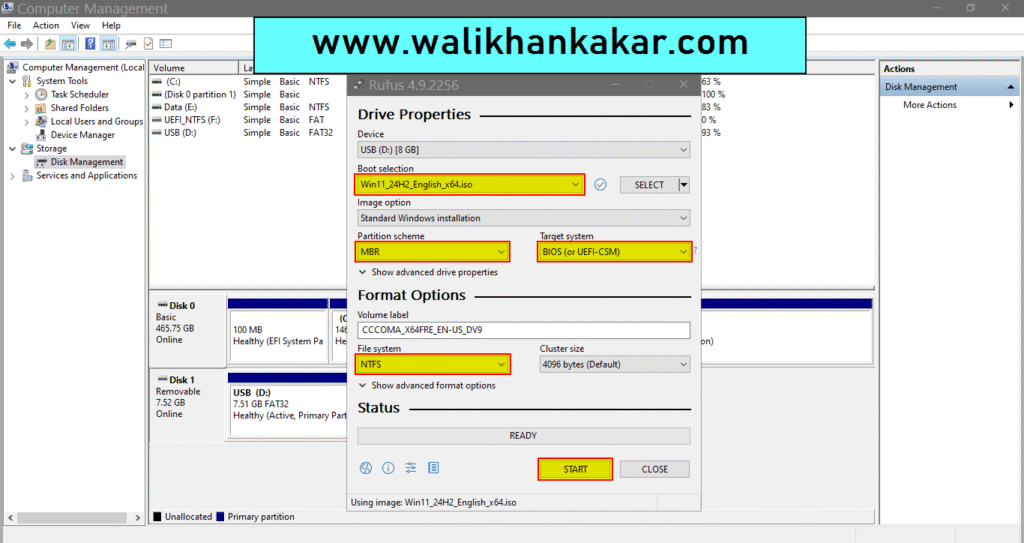Table of Contents
A Bootable USB is a portable storage device that contains an operating system or installation files, allowing you to start or install an OS on a computer.
It is widely used for system recovery, OS installation, troubleshooting, and software upgrades. Bootable USB drives are essential for creating installation media for Windows, Linux, or macOS, particularly when an optical drive is unavailable.
With tools like Rufus, BalenaEtcher, or Ventoy, creating a bootable USB is quick and easy.
Bootable USB
Windows 11 bootable USB download
1: Download the Windows 11 ISO file.
Website: https://www.microsoft.com/software-download/windows11

2: Download the Rufus software.
Website: https://rufus.ie/en/
3: Insert the USB.
4: Check the partition scheme.
5: Open the Windows search bar.
Shortcut key: Windows + s
6: Open the Computer Management.
7: Open the Disk Management.

8: Open the Disk 0 Properties and go to the Volumes.

9: Partition style is MBR (Master Boot Record).
10: Open the Rufus software.
11: Select the ISO file and follow the same settings.

12: Start the boot process.


